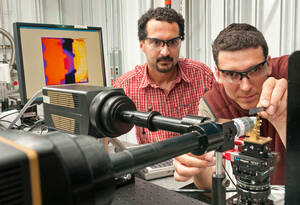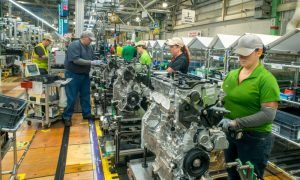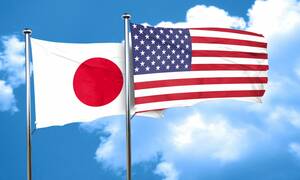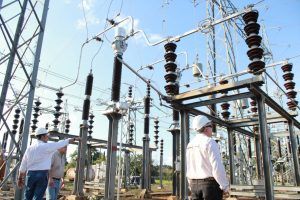
Research and development: The United States, the leader
The United States became the world leader in Research and Development (R&D) in the 20th century, funding up to 69% of annual global R&D in

The United States became the world leader in Research and Development (R&D) in the 20th century, funding up to 69% of annual global R&D in

Both productivity and real wage growth were high in the United States in 2020, but have declined since then, according to a U.S. congressional analysis.

A U.S. congressional report made a brief assessment of United States–Mexico supply chains, showing mutual benefits. Many economists credit the North American Free Trade Agreement

The U.S. Congress conducted an analysis of the U.S.–Japan trade negotiations, which do not rise to the level for a Free Trade Agreement (FTA). The

Esteban Moctezuma Barragán, Mexico‘s ambassador to the United States, highlighted the implication of the U.S. Inflation Reduction Act in the productive integration of North America.

President Andrés Manuel López Obrador (AMLO) affirmed that the U.S. government wants to avoid, as Mexico does, a dispute settlement panel for certain energy policies

The Phase One Trade Agreement between China and the United States was not fully implemented by China, which evaded a question about the unfinished progress
In August 2022, the United States enacted the CHIPS and Science Act of 2022 (the Chip Act), which will support semiconductor manufacturing. The CHIPS Act

As part of its trade relations, the People’s Republic of China (PRC or China) is the world’s second largest economy, the top global trader of

The African Continental Free Trade Area (AfCFTA) is currently supported by the United States, China and the European Union. What is the AfCFTA? A framework

The United States became the world leader in Research and Development (R&D) in the 20th century, funding up to 69% of annual global R&D in

Both productivity and real wage growth were high in the United States in 2020, but have declined since then, according to a U.S. congressional analysis.

A U.S. congressional report made a brief assessment of United States–Mexico supply chains, showing mutual benefits. Many economists credit the North American Free Trade Agreement

The U.S. Congress conducted an analysis of the U.S.–Japan trade negotiations, which do not rise to the level for a Free Trade Agreement (FTA). The

Esteban Moctezuma Barragán, Mexico‘s ambassador to the United States, highlighted the implication of the U.S. Inflation Reduction Act in the productive integration of North America.

President Andrés Manuel López Obrador (AMLO) affirmed that the U.S. government wants to avoid, as Mexico does, a dispute settlement panel for certain energy policies

The Phase One Trade Agreement between China and the United States was not fully implemented by China, which evaded a question about the unfinished progress
In August 2022, the United States enacted the CHIPS and Science Act of 2022 (the Chip Act), which will support semiconductor manufacturing. The CHIPS Act

As part of its trade relations, the People’s Republic of China (PRC or China) is the world’s second largest economy, the top global trader of

The African Continental Free Trade Area (AfCFTA) is currently supported by the United States, China and the European Union. What is the AfCFTA? A framework
Redacción: 7224059128
info@opportimes.com